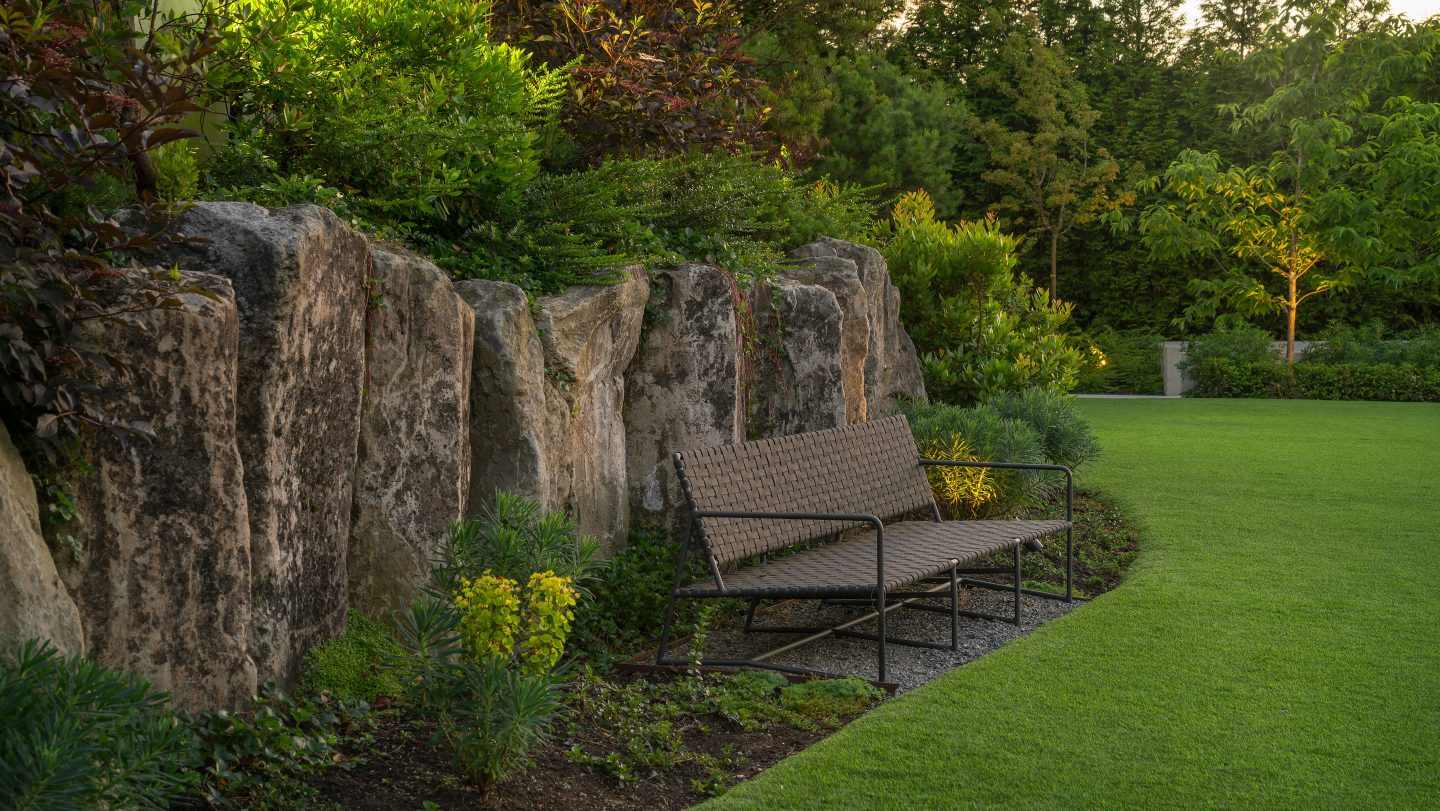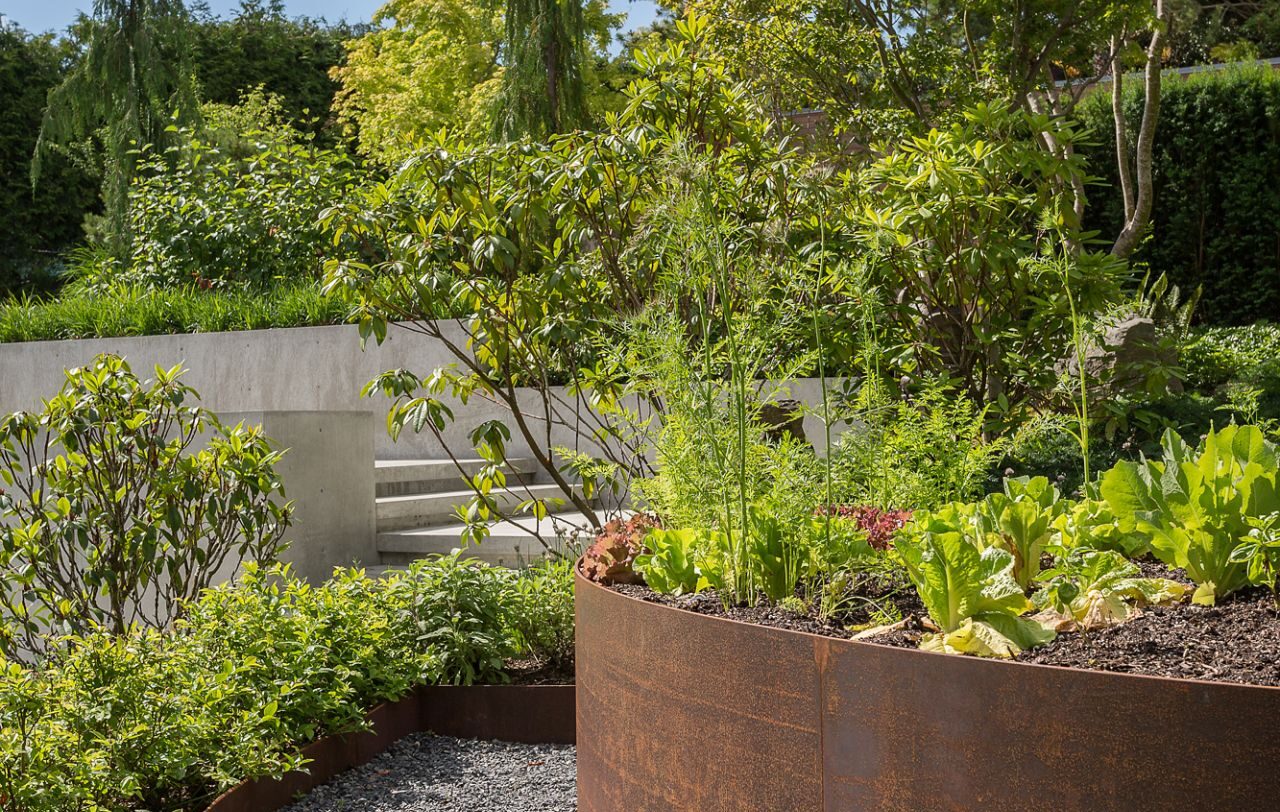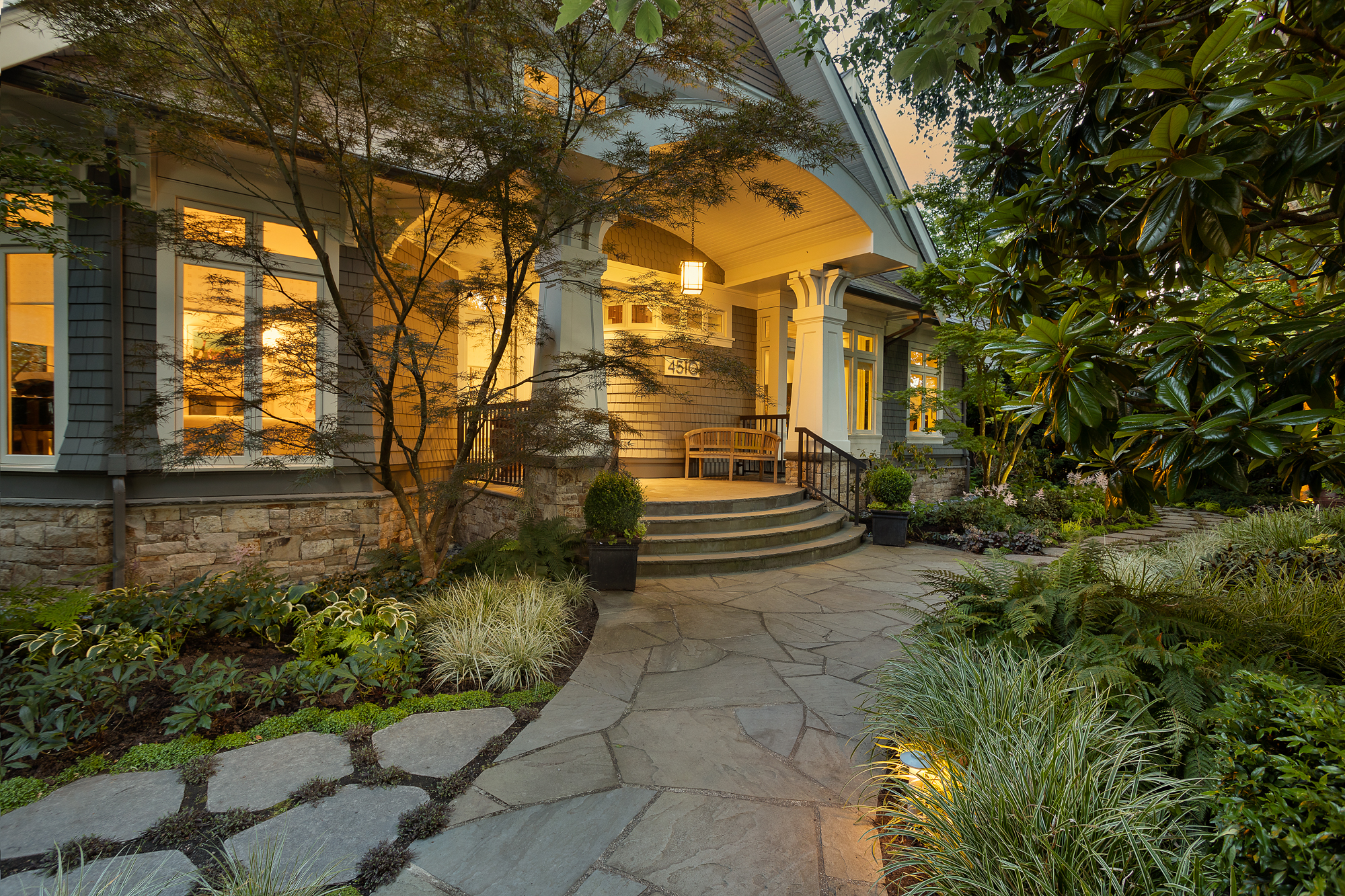The right boulder can transform your garden. Whether you’re looking to create a focal point, add texture, hold back soil or gardens, or simply bring a touch of nature into your space.
Practical Benefits:
- Erosion Control: Boulders are excellent for retaining soil and preventing erosion on sloped areas, keeping your garden intact during heavy rains.
- Natural Retaining Walls: Instead of traditional retaining walls, large boulders can be used to hold back soil while blending seamlessly into the landscape.
- Water Features: Boulders can be integrated into ponds, waterfalls, or dry creek beds, adding both beauty and functionality to your outdoor space.
- Wind Breaks: Strategically placed boulders can act as natural windbreaks, protecting delicate plants from harsh winds.
Things to Consider:
- Purpose: Determine whether the boulder will serve as a focal point, a backdrop, or part of a functional feature like retaining soil.
- Size & Scale: Choose boulders that complement the scale of your garden. Smaller gardens benefit from modest-sized boulders, while larger spaces can handle more substantial stones.
- Placement: Positioning is key. Boulders should look like they naturally belong where they’re placed, often partially buried to create a natural look.
- Style: Consider the overall design of your landscape. A modern garden might suit sleek, angular boulders, while a rustic garden could benefit from irregular, weathered stones.
Types of Boulders:
- Granite: Durable and available in a range of colors, perfect for long-lasting features.
- Limestone: Adds a softer look with its light hues and smooth texture.
- Basalt: Ideal for modern gardens with its dark color and dense, heavy appearance.
- Fieldstone: A versatile option, often used to create a natural, rugged look.




 Contact Us
Contact Us